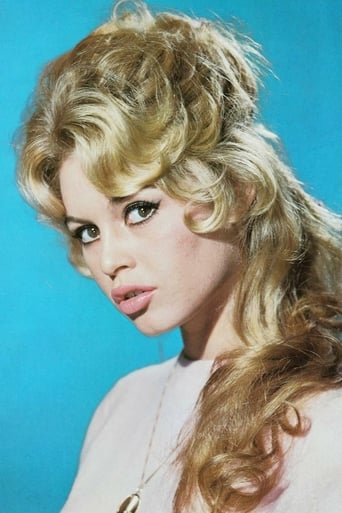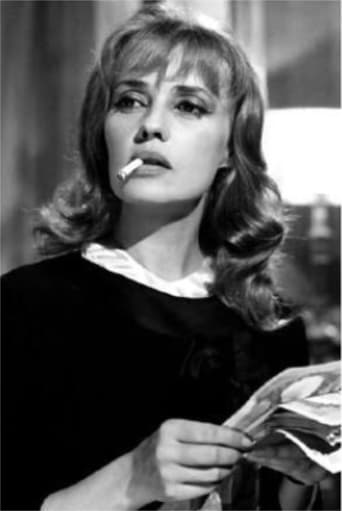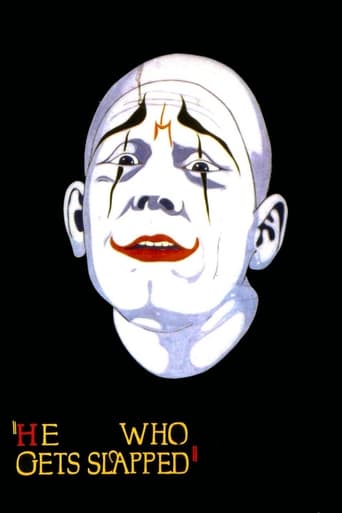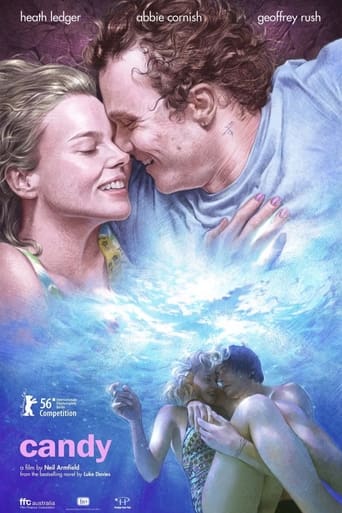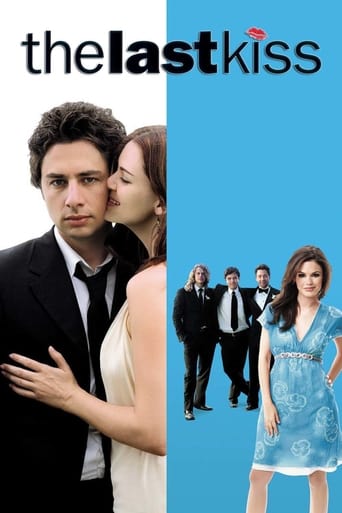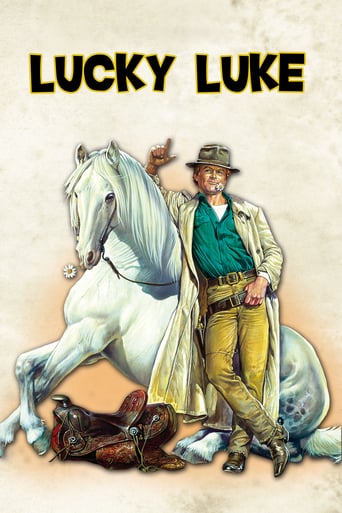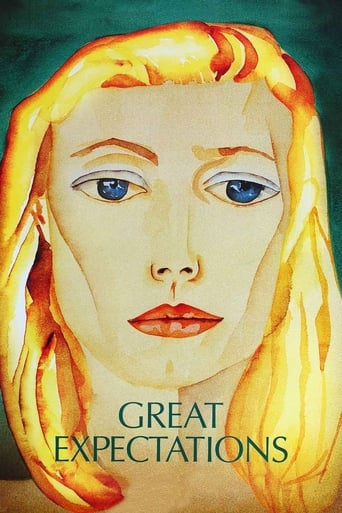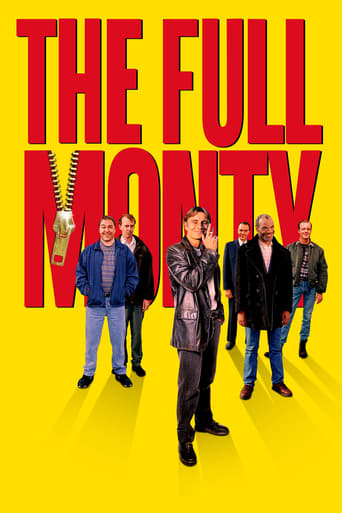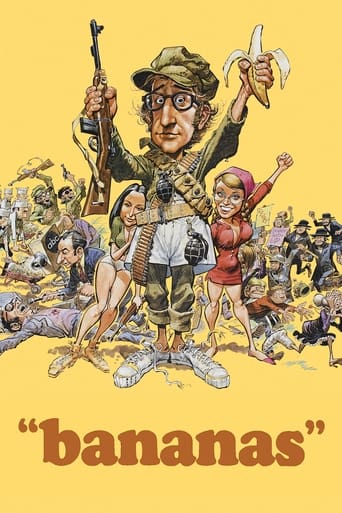
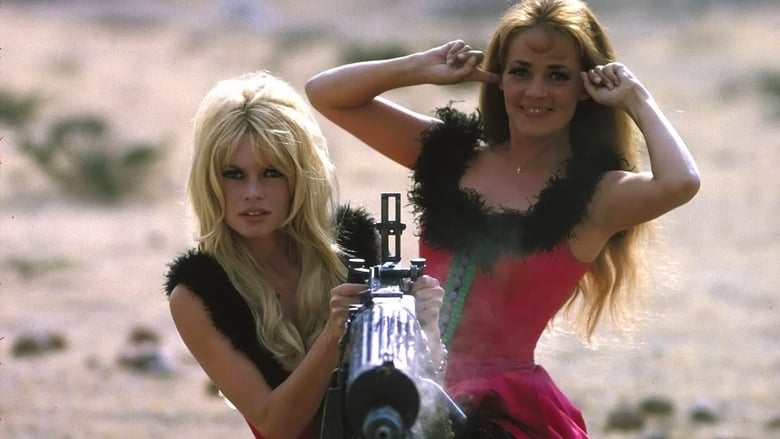
Viva Maria! (1965)
Gorgeous IRA operative Marie flees the British authorities and finds herself somewhere in the American continent, where she meets a stunning woman also named Marie, a singer in a traveling circus. The new friends start a vaudeville act that grows exponentially more popular after they incorporate striptease into their routine. When the singer Maria falls for a charismatic rebel, the girls leave the circus behind and recreate themselves as wild-eyed revolutionaries.
Watch Trailer
Cast


Similar titles
Reviews
Like Barot & Moreau? Easily pleased? Like lots of simplistic colour and movement? - this could be your show. It's a typically messed-up international co-production made for little reason other to exploit the teaming of two French beauties, one of whom was worthy of far better things (that's the late great Moreau of course). The script & direction (both Louis Malle), action and settings, are filled with subpar predictability and waste the talents of top French cinematographer Henri Decae and composer Georges Delerue. American society pretty boy George Hamilton, is reduced to the level of a guest star even though included in the main male line up. He is clearly the token American to boost the international sales. This is totally unworthy, unless you're into women simplistically flaunting their underwear to cover the lack of quality writing. Make better use of your time.
Whilst it's true that inside every fat man is a thin man trying to get out the same thing doesn't apply to every big-budget movie but in this case it does. It seems evident that once Louis Malle had secured the services of Moreau and Bardot they financiers kept throwing money at him and demanding a bigger movie than the traffic would bear. Apparently Malle had seen and admired Vera Cruz and thought it might be fun to substitute two gals for Gary Cooper and Burt Lancaster and who knows, he may have been right. As it stands we'll never know and we are left with an uneven film with a fine performance from Paulette Dubost, a non-performance from George Hamilton and not much chemistry between the two leads. I don't know about you but I've had it up to here with 'revolution' movies set in South America so it already had one strike on it before I took my seat. I managed to sit through it and though I admire the Malle of Milou en Mai, Au Revoir, Les enfants, Zazie dans le metro etc I won't be looking for the DVD of this one.
This was an amusing film, which was the first movie that I saw starring either Bridget Bardot or Jeanne Moreau. I actually saw it on a double bill back in 1965. It is of interest because it brings up a matter that American films about Mexico's Revolution (or that of the other Latin American Countries) rarely touch upon. This is the position of the Roman Catholic Church in these matters.The only time the issue of the Church and the Revolutionaries came up in American films was in the John Ford / Henry Fonda movie "The Fugitive". That (based on Graham Greene's novel "The Power And The Glory")dealt with the anti-Clericalism of the PRI regimes that ruled the country after 1920. In it Fonda is a fugitive priest who is trying to continue his religious role, despite the anti-clericalism of the regime. Greene (and Ford) were good Catholics, and stressed the negative actions of the revolutionary regime in Mexico (similar to the anti-religious viewpoint of the Communist regime in Russia). But the view barely notes why the anti-Clericalism developed.One of the largest land owning groups in Mexico (and in most of Latin America's countries) was the Church. And, due to the holdings, the Church tended to be rather conservative politically. In the 19th Century the greatest figure of reform in Mexico was Benito Juarez, who was from a poor native Indian background. But most of his career was in trying to strengthen Mexican democratic government, and to drive the French invasion (that briefly set up Archduke Maximillian of Austria) as Emperor. But after the French were driven out, Juarez spent the remainder of his years in office (1867 - 1872) trying to get through some kind of fair land reform. This did not sit well with the Church. It supported the regime of his successor (Porfirio Diaz), who was opposed to land reform - he invited foreign investors (many Americans) into Mexico. Diaz's policies were good in giving Mexico a stable economy and political peace for three decades (the longest growth period until the later 20th Century).The key character to watch in "Viva Maria" is Francisco Regueira, who plays the sinister Father Superior. It is he who is constantly in communication with the dictator, the landowner, and their minions. The role (as is the film) is played for laughs, but it is his behavior, conspiring against the two Marias and their friends, which is telling.The plot is interesting in bringing in the universality of revolution. Bardot is shown growing up, the daughter of an Irish revolutionary, constantly destroying British forts and other sites with his daughter assisting. When she joins forces with Moreau the latter's sister has committed suicide, so that she needs Bardot to replace the sister. It is a circus group, but Bardot and Moreau do a singing and strip-tease act. They are brought into the Mexican Revolution by the brutality of the local landowner (who rules like he has a mini-kingdom).The film was pure escapism: the circus group's resident marksman finds one of his special rifles is badly bent after an explosion - he doesn't throw it out, but attach-es a mirror to the barrel and uses the bent gun to shoot people around the corner. George Hamilton plays a local "Zapata" type hero, who is wounded and in hiding. When Bardot speaks in his honor, the members of the circus group listen to her words comments critically on her use of language, and on his theatricality - as though she is acting on stage.It is not a major film, even for director Louis Malle (don't compare it with "Atlantic City", for example). But as an enjoyable romp it's worth watching.
VIVA MARIA, a French-Italian co-production, is set in the revolution-torn Mexico in the early 1900s. Maria (Brigitte Bardot) - the daughter of an IRA operative - journeys to Mexico and meets up with her namesake Jeanne Moreau. Under the guise of circus/vaudevillian entertainers, they pursue their revolutionary activities around the countryside. The illustrious pair are captured but escape to fight with an enthusiastic peasantry to free San Miguel from its Spanish oppressors. Thoroughly entertaining and rollicking fun with spectacular visual action. Most of the film was shot on location in Mexico and the railway scenes filmed authentically on the 3ft gauge Interoceanic division of National Railways of Mexico. The featured steam loco is G-023 class 2-8-0 No. 66 (Alco 5209).


